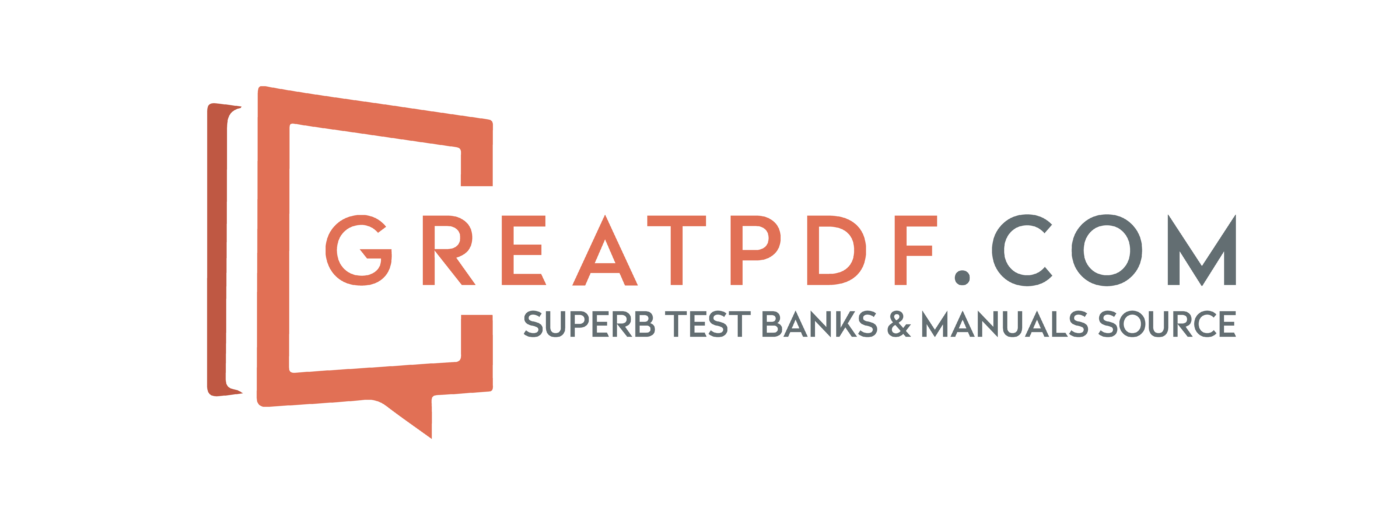In the intricate landscape of business, myriad factors influence success, many of which are beyond a company’s direct control. While businesses can dictate certain aspects such as product offerings and pricing strategies, a host of external variables can significantly impact operations. Without a keen awareness of these external forces, navigating the path to success becomes significantly more challenging.
One invaluable tool in a business’s arsenal for understanding its operating environment is the PEST analysis, which stands for Political, Economic, Social, and Technological analysis. By delving into these key domains, businesses can gain profound insights into potential threats and opportunities on the horizon.
What Exactly is a PEST Analysis?
At its core, a PEST analysis is a methodical assessment of the political, economic, social, and technological factors that have the potential to shape a business’s present and future trajectory. Its primary objective is to equip management teams with a comprehensive understanding of the prevailing market conditions and enable them to proactively prepare for impending shifts, such as regulatory reforms.
Why Does a PEST Analysis Matter?
For entrepreneurs and business leaders, tools like the PEST analysis are indispensable for informed decision-making and strategic planning. By grasping the intricacies of external factors, businesses can not only adapt to changes more effectively but also identify avenues for growth and innovation.
The Four Pillars of PEST Analysis
Let’s delve deeper into each component of the PEST analysis:
- Political Factors (P): This encompasses the political landscape’s impact on business operations, including regulations, government policies, taxation, and international relations. For instance, changes in employment regulations or tariffs can profoundly affect a company’s bottom line and competitiveness in the global market.
- Economic Factors (E): Economic considerations such as interest rates, inflation, consumer confidence, and market growth rates play a pivotal role in shaping business strategies. Understanding these factors allows businesses to adjust pricing strategies, assess market demand, and navigate economic fluctuations effectively.
- Social Factors (S): Social dynamics, including consumer trends, demographics, cultural shifts, and societal values, exert a significant influence on consumer behavior and market demand. Businesses must adapt to evolving consumer preferences and societal norms to remain relevant and competitive.
- Technological Factors (T): In today’s digital age, technological advancements and innovations are transformative forces that can either propel businesses forward or render them obsolete. From AI and automation to cybersecurity and digitalization, staying abreast of technological trends is imperative for sustained success.
Conducting a PEST Analysis: A Step-by-Step Guide
To conduct a comprehensive PEST analysis, businesses can follow these steps:
- Identify Political Factors: Assess laws, regulations, and governmental policies that directly impact your business operations, sourcing, taxation, and market access.
- Explore Economic Factors: Analyze economic indicators such as interest rates, inflation, consumer spending, and market growth to gauge the economic landscape’s health.
- Understand Social Dynamics: Dive into demographic trends, cultural shifts, consumer behaviors, and societal values to grasp evolving market preferences and demands.
- Evaluate Technological Trends: Stay updated on technological advancements, emerging technologies, and digital disruptions that could shape industry landscapes and business models.
Benefits and Limitations of PEST Analysis
While PEST analysis offers invaluable insights for strategic planning, it’s essential to acknowledge its benefits and limitations:
Benefits:
- Enhances understanding of external factors influencing business operations.
- Informs long-term strategic planning and decision-making.
- Identifies potential threats and opportunities for proactive management.
- Provides insight into emerging market trends and technological innovations.
Limitations:
- Dynamic environments may render analyses outdated quickly.
- Inherent guesswork and reliance on external data sources pose accuracy risks.
- Processing large datasets can lead to data overload and analysis paralysis.
Beyond PEST Analysis: Exploring Additional Business Analyses
While PEST analysis serves as a cornerstone for understanding external environments, it’s crucial to complement it with other analyses such as SWOT, MOST, and SCRS to gain a holistic perspective and inform comprehensive business strategies.
Conclusion
In conclusion, PEST analysis serves as a powerful tool for businesses to navigate the complex web of external factors shaping their operating environments. By meticulously examining political, economic, social, and technological landscapes, businesses can anticipate changes, seize opportunities, and stay ahead of the curve in an ever-evolving marketplace. Embracing strategic analyses like PEST empowers businesses to chart a course toward sustained growth, resilience, and success in today’s dynamic business landscape.
